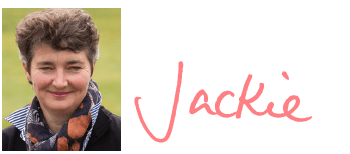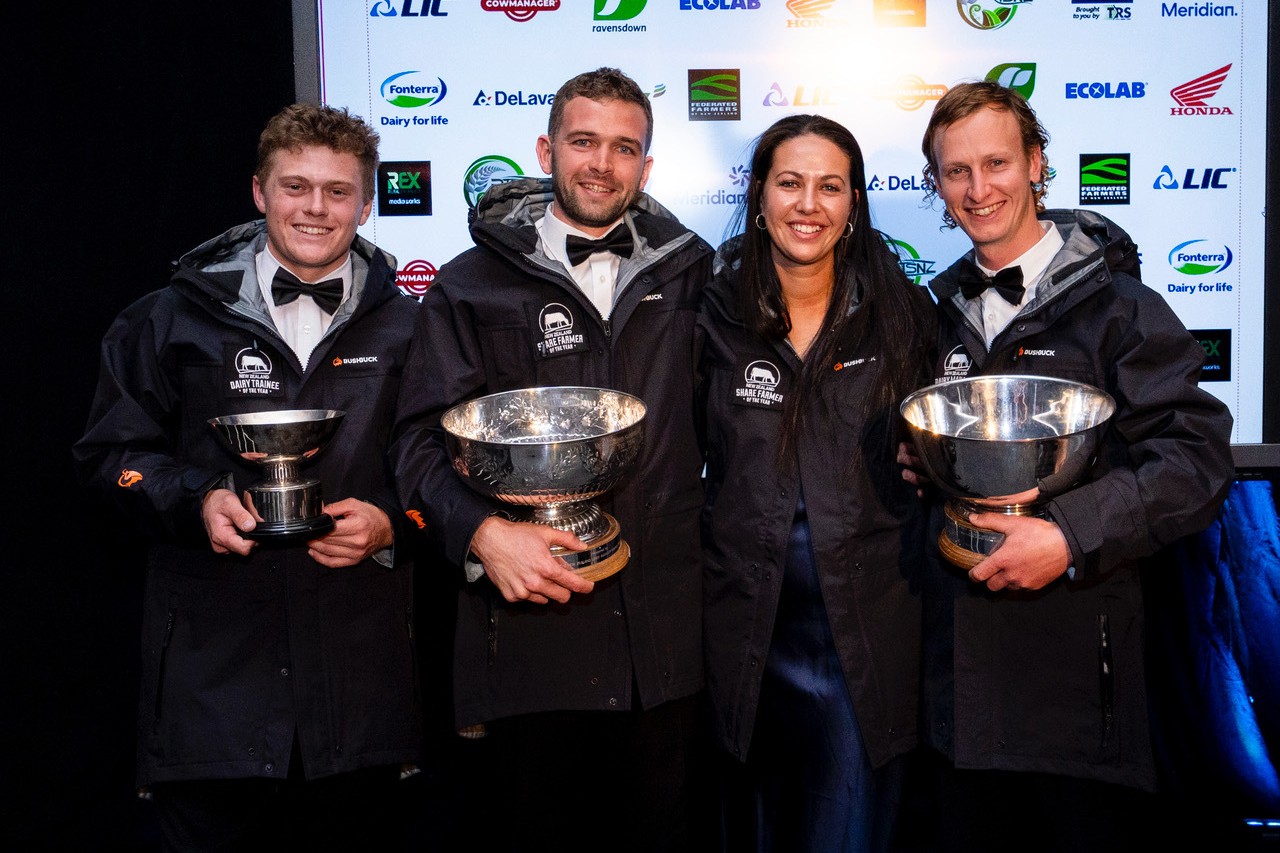Richard Branson said every success story is a tale of constant adaptation, revision and change. As you get older, you realise nothing stays the same – you come up against a problem, you think of a way around it, you change, adapt, and move on to the next issue.
As farmers have become busier, herds have grown bigger, staff has been harder to find and more emphasis has been placed on team health, labour-saving devices have been developed to help solve some of farmers’ issues.
Our deep dive into strategies to save labour in this month’s special report covers the gamut from technological solutions – robotics for milking and feeding calves, satellite-aided pasture measurement, apps and computer programmes for helping in the farm office, through to different milking regimes and an easy way of buying yourself an extra half hour in bed in the morning.
New technologies almost always have heaps of potential to save time, labour and even cost, but there is usually a pain threshold to get over, in terms of bedding in the new system, training people and animals to use it and tweaking it to get the best performance out of it.
The family motto that my husband brought to our life together was ‘perseverance furthers’, he always taught our kids to keep trying and success will come. Success doesn’t come to those who give up.
The winners of the Fonterra Responsible Dairying Award for 2022, Craigmore farming, have invested in new technologies with labour-saving potential – but have been careful to match the different options to the needs and capabilities of the team running their farms, thus stacking the odds for success. (page 47).
We outline the proposed updates to animal welfare standards that are on the way and are currently open for submissions by farmers. Anne Lee has uncovered some that will have significant impacts on farming practices, and while not enforceable by law, will be looked to by dairy companies and their overseas customers as best practice and minimum standards. (page 68).
Last word goes to Frances Coles, our contributor from South Canterbury who encourages you all to ‘lighten the Invisible Load’ that you carry. She says the invisible load is the stress we carry, that no one sees, that drives how we think and feel.
While labour-saving strategies go some way towards helping to lighten the load, on the other side we have increasing compliance, regulation and worry about what might come next that make the invisible load heavier.
Frances suggests some great strategies for all farmers to use with the coming of Matariki and the new season to make the farming load less invisible, better understood and more well-supported. (pg16).
Something of a reset, over the winter dry period, to rebalance and refocus on the things that are important. Wishing you luck with that.






